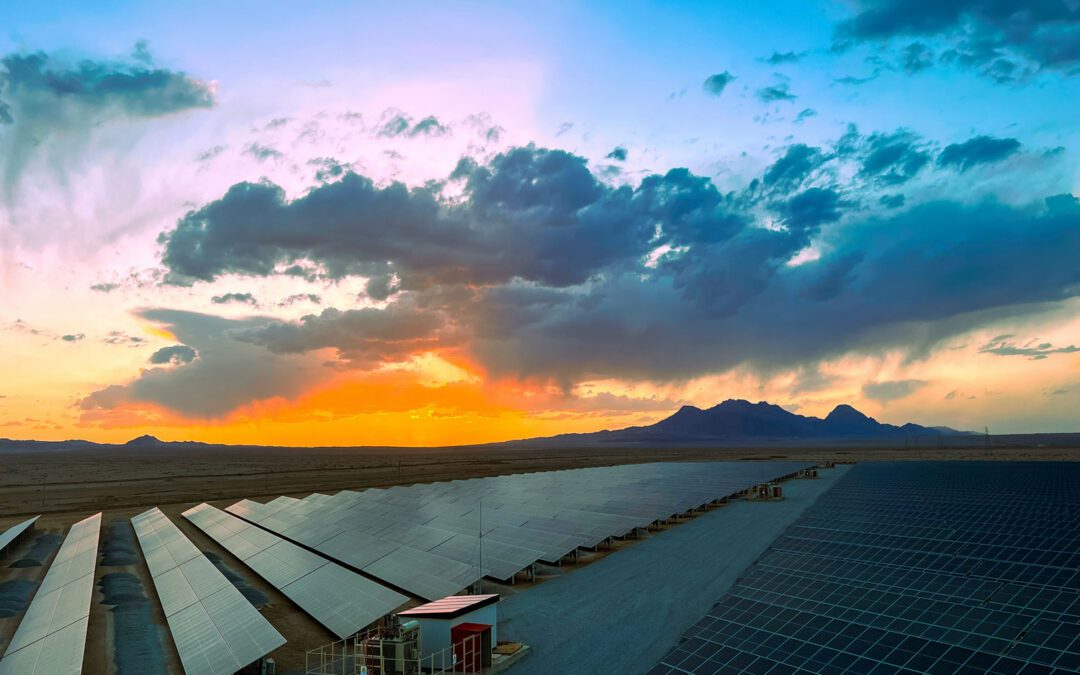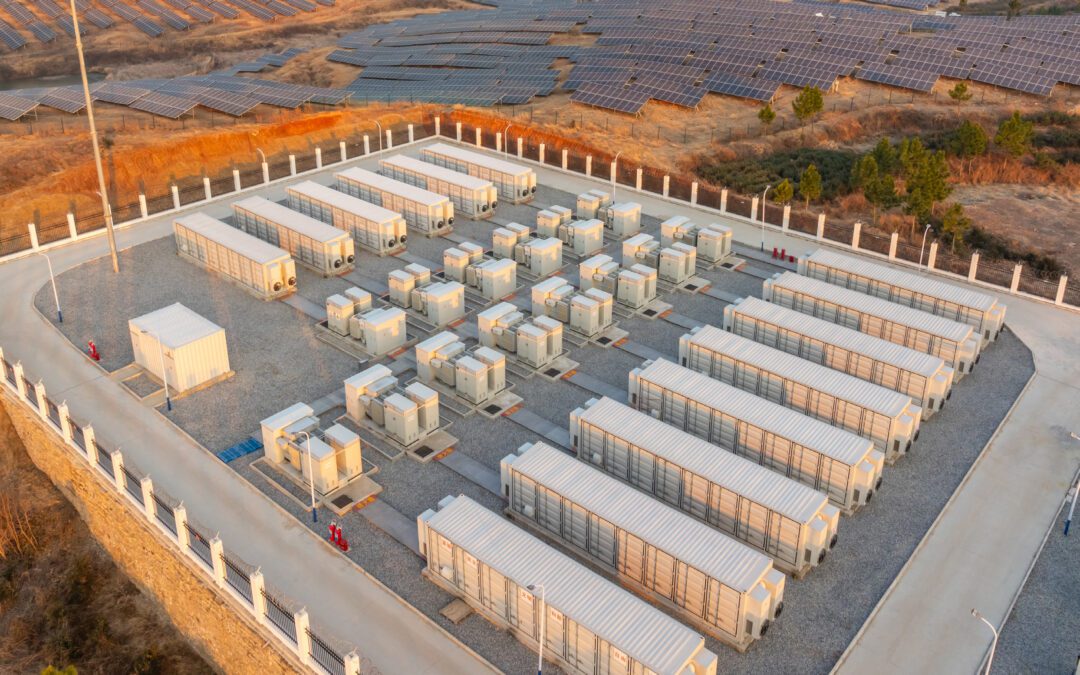THE ENVIRONMENTAL PROTECTION AGENCY (EPA) HAS A NEW CHIEF AND THERE IS GROWING SPECULATION ON WHAT THAT MIGHT MEAN FOR THE RENEWABLE ENERGY INDUSTRY & ITS FEDERAL INVESTMENT TAX CREDITS (ITC) – HERE’S A LOOK AT MANAGING POLITICAL RISK
In an article I wrote almost a year ago titled “Finding the Balance: Growth vs Risk”, I outlined how renewable energy companies could address operational risk associated with the rapid growth that was expected in response to valuable industry investment tax credits Congress had just extended. At the time, Bloomberg New Energy Finance was projecting the net result of these tax credits to be 37 gigawatts of new wind and solar capacity. This would translate to a 56 % boost to the industry over five years, quantified by a $73 billion surge in new investment and enabling as many as 8 million more households to access clean, renewable, affordable energy.
Well, there have been a lot of changes to our executive branch and government agency heads since then and many are interested to see what that might mean for the Renewable Energy industry. If you ask the new EPA head Scott Pruitt, he doesn’t seem to think that a changing of the guard makes much difference. In a quote from the Wall Street Journal (illustration: Ken Fallin), Mr. Pruitt states “There is no reason why the EPA’s role should ebb or flow based on a particular administration, or a particular administrator. Agencies exist to administer the law. Congress passes statutes, and those statutes are very clear on the job EPA has to do. We’re going to do that job.”
The success of these ITCs has given the new administration strong reason to simply administer the status quo. Fortune published an article just last month reporting the Renewable Energy Industry is creating jobs, “12 times faster than the rest of the US economy”. It is estimated that the industry now represents 4-4.5 million jobs in the U.S., up from 3.4 million in 2011. Furthermore, due to the on-site nature of many renewable energy jobs, these jobs cannot be outsourced and can pay above average wages. Such U.S. based job growth is in line with the goals of the new administration.
SO, WHAT’S THE RISK?
Despite all the positive growth, there are still threats to the industry. Policy changes in the tax code could eliminate or reduce investment tax credits. Renewed focus on increasing jobs and production in more traditional areas of energy like coal and fossil fuels could have an inverse impact on renewables.
Renewable Energy Developers and other segments of the industry benefiting from policies of the prior administration would be wise to mitigate the risks to their operations by taking the following steps:
What are your exposures? In this instance, the risk is mostly political. Identify the policies and laws which you now benefit from.
Analyze
Conduct both a Qualitative (The What) and Quantitative (The How Much) analysis of the exposures. To what extent financially are you benefiting from these current policies and how would you be impacted if tax credits were reduced or went away. We already know the ITC falls to 10% in 2020. So even if nothing changes with the current laws, what impact would the planned reduction in ITCs have on your business?
Control
Take conscious action to avoid/prevent/reduce/segregate and transfer risk. Are there states that are greater proponents of renewable energy? If you are concerned over Federal laws, perhaps their state laws that might better insulate your business model. Stratify operations across multiple projects in multiple states as a hedge against negative outside policy decisions. Maybe you need to consider expanding operations and development to other countries that have strong incentives for renewable energy as well. If the concern is over financing for new development opportunities, perhaps focus on diversifying your revenue stream by building out an O&M operation and capitalize on projects that are already built.
Finance
Should a loss to your business occur, consider your financial options. Are there external funds available to cover losses? Political Risk Insurance coverage already exists and can be purchased to protect your operations in foreign countries. This type of insurance covers loss from revolution or other political conditions that could result in a financial loss to your business. U.S. based companies are constantly expanding coverage and developing new endorsements to protect loss of business income from a wide range of factors: solar shortfall, contingent BI from loss of an off-taker, even ITC protection exists. Know your options. Find an insurance broker familiar with your industry and its innovative carrier options.
Administration
Once you have identified the risks and implemented strategies to address them, implement a desired risk management plan and monitor your results. Your risk management program should involve members of your risk management team: legal, finance, insurance, and HR (due to risk to employees). Your plan’s goal is to address and monitor the exposures you identify in Step 1.
HOW DO I KNOW IF I AM COVERED?
The risks outlined above are just a few of the risks that are incumbent upon developers to plan for when considering investment in renewable energy projects in the United States. Particularly when you consider that the U.S.’s elected officials and the political views that come with them are always changing. If you are uncertain about how your policy will respond, your coverage, or are not comfortable with your overall insurance and risk management strategy, you may want to consult with a renewable energy industry risk manager.











